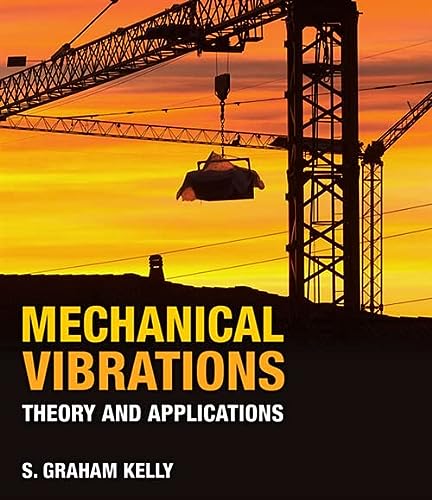A 20-cm-diameter, 2-m-long steel shaft ( (ho=7600 mathrm{~kg} / mathrm{m}^{3}, G=80 times 10^{9} mathrm{~N} / mathrm{m}^{2}) )
Question:
A 20-cm-diameter, 2-m-long steel shaft ( \(ho=7600 \mathrm{~kg} / \mathrm{m}^{3}, G=80 \times 10^{9} \mathrm{~N} / \mathrm{m}^{2}\) ) has rotors of mass moment of inertia \(110 \mathrm{~kg} \cdot \mathrm{m}^{2}\) and \(65 \mathrm{~kg} \cdot \mathrm{m}^{2}\) attached to its ends. Determine the three lowest natural frequencies of the shaft. Compare the lowest nonzero natural frequency to that obtained by using a two-degree-offreedom model, ignoring the inertia of the shaft.
Fantastic news! We've Found the answer you've been seeking!
Step by Step Answer:
Related Book For 

Question Posted:





